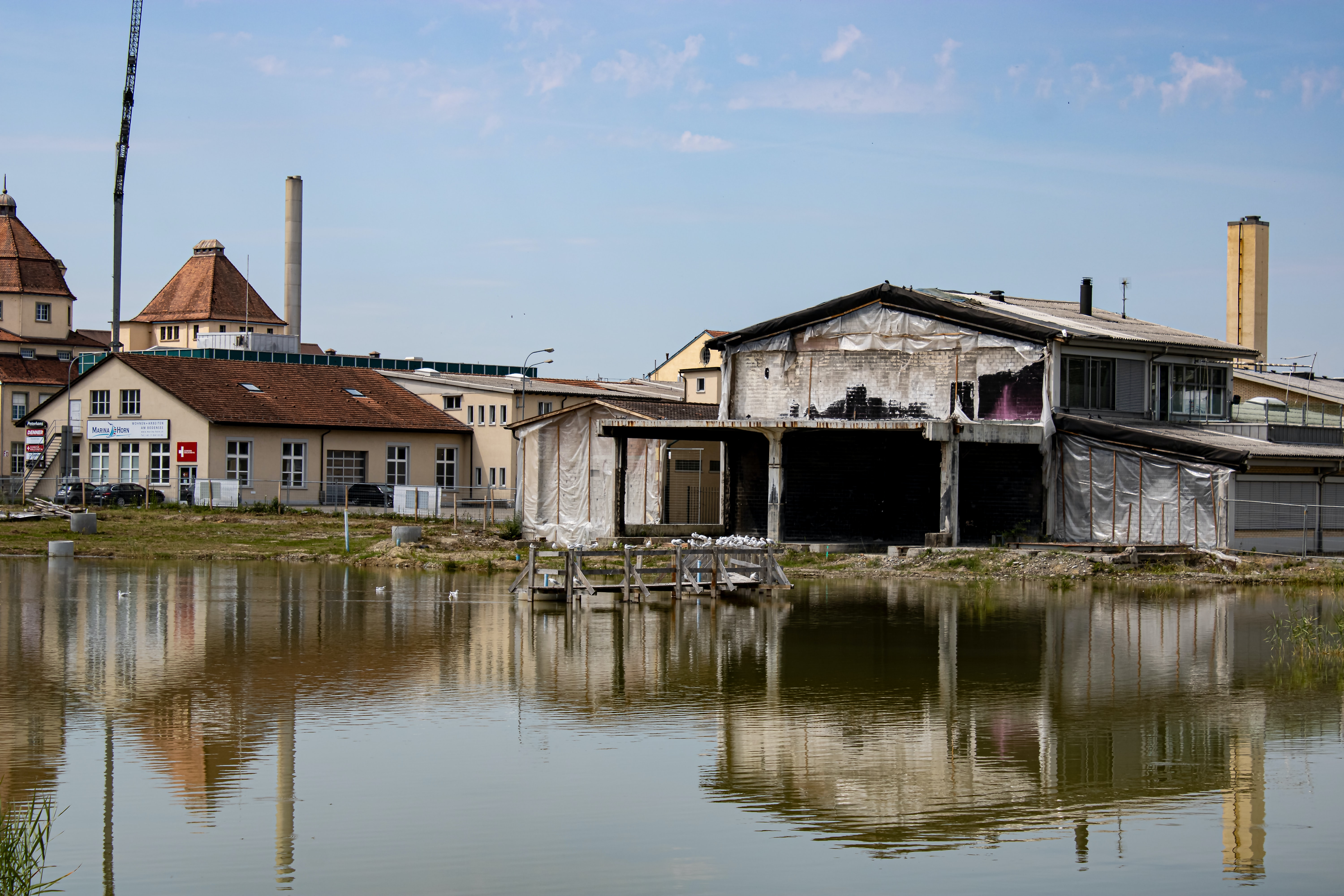Why Flood Certifications Are Required By Mortgage Lenders In California

It's fun to enter the California real estate market. If you're beginning to look for your potential home, you might be looking at your options for obtaining a mortgage. Something that many people don't know beforehand is that your mortgage lender will have a few requirements. One of those requirements is that you obtain a flood certificate for the home you're buying.
You may already be aware of the California requirement for home sellers to provide a natural hazard disclosure, which states the risk to your home from various hazards. A flood certificate is a document specifically related to the flood hazards area where the home is located. It does not deal with the other hazards that NHD reports deal with.
You might be wondering why your lender is interested in potential flood danger to your property. It's not just because they are curious. It's because these hazards can have a major impact on the value of your home. Here's why California mortgage lenders want a flood certificate:
Valuing Your Home
The way a mortgage works is a lender lets you borrow the money you to make a home purchase and you pay them back over time. Often mortgages last 15 or 30 years. That's a lot of time, in which disasters can happen and your home can be damaged. Unfortunately, if you're home is destroyed in a disaster, you may not be able to pay your lender back for the money you borrowed.
Lenders want to protect themselves from the risk of you not being able to pay them back, but the requirement to obtain a flood certificate really ends up benefitting both you and your lender. Of course, you don't want to purchase a home that's going to experience significant flood damage any more than your lender wants you to! Both flood certification and natural hazard disclosures protect everyone involved in the home purchase.
A Common Disaster
While droughts, wildfires, and earthquakes are frequently in the news, flooding is actually the most common natural disaster in the golden state. In fact, every county in California has been declared a flood disaster zone at some point.
In the last seventy years, 40 percent of the instances in which the governor declared a state of emergency were related to flooding. In contrast, only about 30 percent were fire-related, and only seven percent were related to earthquakes.
Flooding tends to be much less deadly than California's other common hazards, which is why it's not as frequently in the news. This means many people are unaware of how common it is. If you're unsure of your level of flood risk, it's important to read through your NHD report. Your report will tell you if your home is located in a special flood hazard area.
While water damage doesn't pose as big a threat to your life, it does pose a huge threat to your financial assets. California lenders want to be aware of your flood risk so they know you will be financially stable.
Major Financial Impact
According to the Federal Emergency Management Agency, just one inch of water in your home can cause $25,000 of damage. And of course, the bigger the flood, the greater the financial risk. In fact, one out of every five California residents is vulnerable to financial damage related to flooding. To put that in financial terms, more than $580 billion worth of structures at risk.
Because of the high risk in California, you can understand why most lenders wouldn't want to offer mortgages without understanding what needs to be done to protect the home from flooding. Once you know the risk, you'll be able to mitigate potential damage.
This will allow you to safely move forward with your home purchase. Risk prevention through reading your flood certificate and NHD report is essential for every responsible homeowner.
Protect Your Home In Advance
While it may seem scary to look at your natural hazard disclosure or your flood certificate and find out you are in a flood zone, there are things that can be done to protect yourself. Your lender will want to make sure you are taking care of your property, and the first way to do that is through flood insurance.
Residents living in areas that are vulnerable to flooding will need flood insurance. You may already have an insurance provider because home insurance of some sort is nearly always required. Talk to your insurance company about what type of coverage you can get to protect against a flood emergency. They can help make sure you are protected.
Insurance isn't the only way to protect your home, though. It’s nice to receive help from insurance when a disaster hits, it can still be highly inconvenient to repair damage and replace belongings that were ruined in a flood. If you want to be proactive in protecting yourself, there are flood prevention renovations you can do.
For homeowners with basements, it's a good idea to waterproof and install pumps. For homeowners in very high-risk areas, you can raise your home on stilts to be extra safe. The more you know about the risk, the better prepared you'll be.
Increasing Flood Danger
The final reason flood certificates are important to mortgage lenders is that flooding is becoming increasingly more common in California. This means that if you are in a flood zone, you are more likely to experience more severe flooding than before, and it's likely to occur more frequently, as well.
In fact, one study from 2018 found that the dry season in California is getting longer, however, California was still experiencing the same amount of rain. The rain was just occurring in a smaller time frame, which can cause water reservoirs, dams, and water drainage systems to become overwhelmed.
Similarly, temperatures in California have been getting hotter. When California experiences hot temperatures in the spring, the snow in the mountains can melt too quickly, causing potential flood risk to homes near the mountains. If you want to know if you are at risk as the weather becomes more extreme, be sure to read both your natural hazard disclosure as well as your flood certificate.

